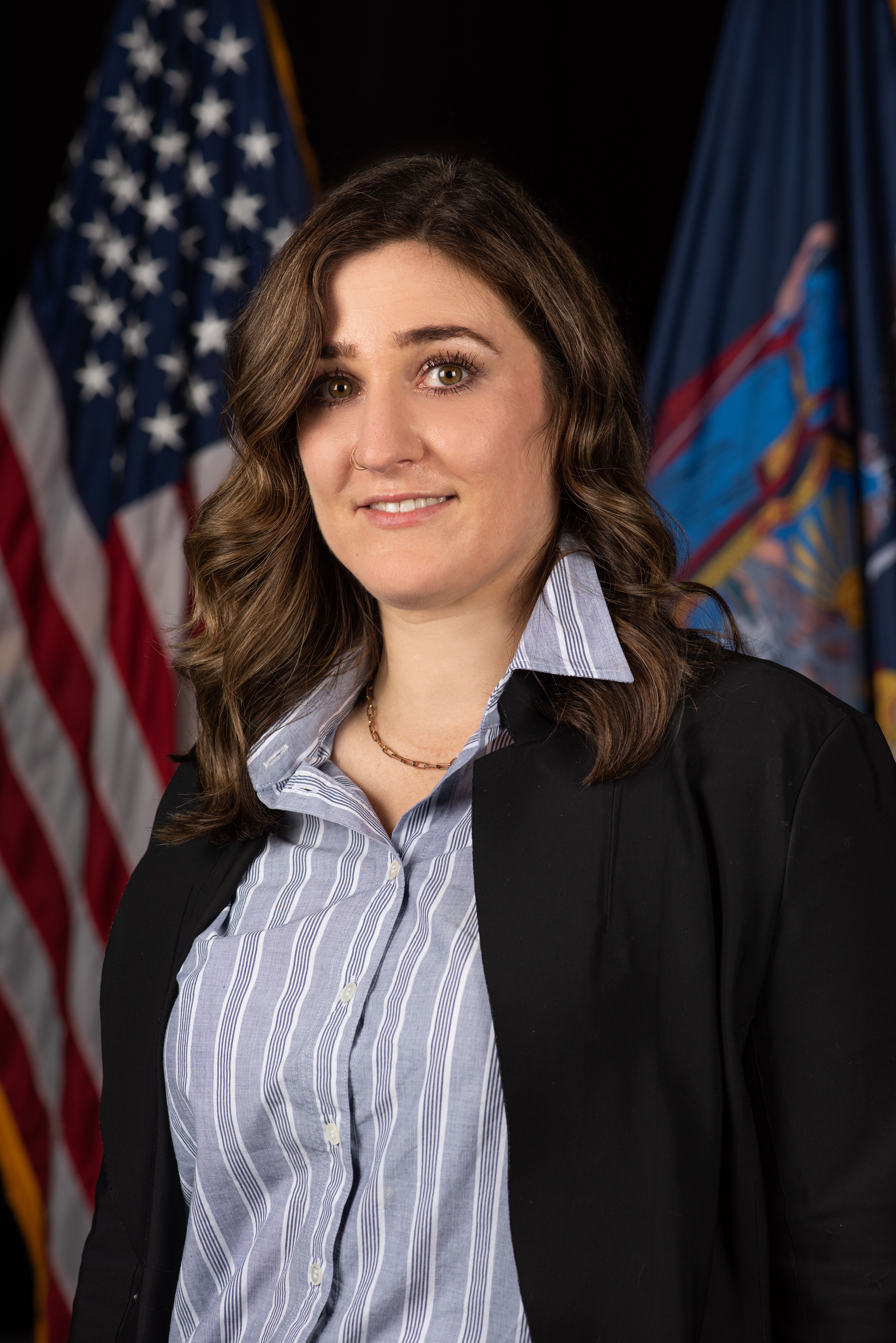Dr. James Lewis, health officer for the Snohomish County Health Department in Washington State, explains how data can help quicken healthcare-assosciated infection response; Lyla Hunt, deputy director of public health and education at the New York State Office of Cannabis Management, tells us...
Dr. James Lewis, health officer for the Snohomish County Health Department in Washington State, explains how data can help quicken healthcare-assosciated infection response; Lyla Hunt, deputy director of public health and education at the New York State Office of Cannabis Management, tells us about the recent Cannabis Regulator Association stakeholder meeting; a new ASTHO resource can help your department reprioritize Black maternal health needs; and ASTHO’s INSPIRE hub has ethical wastewater surveillance resources.
Shonomish County Health Department Web Page
Cannabis Regulators Association Web Page
ASTHO Blog Article: Reprioritizing Black Maternal Health
ASTHO Web Page: Advancing Wastewater Surveillance for Public Health Impact
JANSON SILVERS:
This is the award-winning Public Health Review Morning Edition for Tuesday, August 12, 2025. I'm Janson Silvers. Now, today's news from the Association of State and Territorial Health Officials.
JAMES LEWIS:
Access to electronic health information, or electronic medical records, is really critical for timely and effective public health response during HAI outbreaks.
SILVERS:
Responding quickly during a healthcare-associated infection situation is critical. Dr James Lewis, with the Snohomish County Health Department in Washington State, says access to records can play an important role.
LEWIS:
So, when health departments can directly access CHIS or EMR, we're able to act quickly, identifying cases, tracing exposures, coordinating isolation, treatment or further screening, testing that might be needed, and ultimately containing the outbreak more quickly. Without this access, our team is delayed by back and forth communications, incomplete data, and duplicated efforts.
SILVERS:
While speed is important, so is security.
LEWIS:
In practice, this means building secure, read-only access systems that are audit-logged and role-based. It also means training staff rigorously and maintaining transparent partnerships with healthcare entities. Our goal isn't unfettered access. It's appropriate, accountable access that improves health outcomes while respecting privacy.
SILVERS:
Lewis says COHRA, the Council for Outbreak Response: Healthcare-Associated Infections and Antimicrobial-Resistant Pathogens, has been an important ally in revamping the way that Snohomish County can respond.
LEWIS:
So, the impact really has been transformative. With our read-only access to many, almost all of the local EMRs in our in our county, our team can investigate reportable conditions faster, more accurately, and with less disruption to providers and patients. We're able to act swiftly on TB and STI cases, tailor our follow-up questions based on what's already documented in the EMR, and coordinate treatment more efficiently.
SILVERS:
You can learn more about CORHA and Snohomish County. We have a link in the show notes.
Public health officials are increasingly concerned with how the public is understanding cannabis safety, and the Cannabis Regulator Association, or CANNRA, recently held its annual stakeholder meeting. Regulators, public officials, researchers, and advocacy groups all gathered in Denver to discuss important issues regarding cannabis. Here's Lyla Hunt with the New York State Office of Cannabis Management.
LYLA HUNT:
The goal of the meeting is really to encourage honest dialog and to elicit a range of perspectives around issues surrounding both cannabis and hemp. And topics this year included everything from lab testing and product safety, to data collection and research needs.
SILVERS:
Hunt says a lot of the most valuable discussions revolved around learning.
HUNT:
And across all of these topics, the need for education was a consistent part of the discussion. The panel I participated in was titled, "Emerging Practices and Educating Consumers on Health and Cannabis," and it focused on best practices in cannabis education and a rapidly evolving policy and product landscape.
SILVERS:
Hunt adds that CANNRA would like to facilitate a change with public messaging.
HUNT:
We need different messages and different approaches for different audiences. So, you have young people, you have older adults, you have parents, you have newer consumers, and experienced consumers, and individuals with underlying health conditions, and each of these populations require tailored messaging, so the more hyper-specific you can be with how you segment your audience.
SILVERS:
Learn more about CANNRA and the work they do by visiting their website. We have a link in the show notes.
Also today, you might want to check out a new ASTHO resource that can help your department reprioritize Black maternal health, understand the root causes, and see how public health can make a real difference. The blog article is online now, and we have a link in the show notes.
Finally, ASTHO's INSPIRE hub also has resources for wastewater surveillance. The online hub called "Advancing Wastewater Surveillance for Public Health Impact," showcases challenges and success stories. Learn more by clicking the link in the show notes.
That'll do it for today. We're back tomorrow morning with more ASTHO news and information. I'm Janson Silvers, you're listening to the award-winning Public Health Review Morning Edition. Have a great day.






